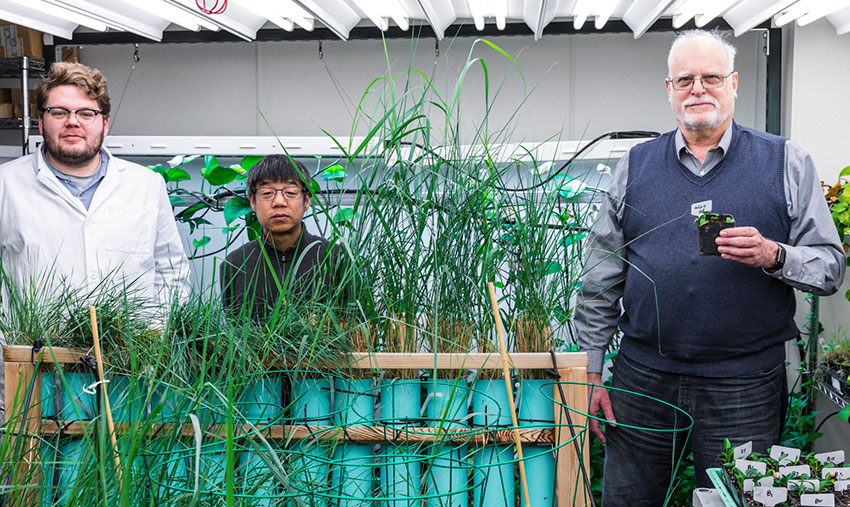June 15, 2021

People of color hardest hit by air pollution
A new study models peoples’ exposure to air pollution and shows that exposure disparities among people of color and white people are driven by nearly all emission source types, rather than just a few. A team of researchers, including CEE professor Julian Marshall, published these findings in Science Advances. The researchers used an air quality model to analyze Environmental Protection Agency data for more than 5,000 emission source types. To identify patterns of air pollution exposure associated with race/ethnicity and income, the researchers combined the spatial air pollution patterns predicted in the air quality model with residential population counts from the U.S. Census Bureau. The results indicate that white people are exposed to lower-than-average concentrations from emissions source types that, when combined, cause 60% of their total exposure. Conversely, people of color experience greater-than-average exposures from source types that, when combined, cause 75% of their total exposure. This disparity exists at the country, state and city level and for people within all income levels.
Genetically engineered grass cleanses toxic soil

Large swaths of U.S. military land are covered with munitions components, including the explosive chemical RDX which doesn’t naturally break down and can contaminate groundwater. Designated as a priority pollutant by the Environmental Protection Agency, RDX is toxic to people and can cause cancer. Now, a team of researchers, including CEE research professor emeritus Stuart Strand, has genetically engineered switchgrass to remove RDX from soil, according to a new paper published in Nature Biotechnology. This is the first time researchers have used a genetically engineered plant in the field to remove pollutants that are resistant to degradation. To create the grasses, the researchers inserted two genes from a soil bacterium that has evolved to break down RDX into switchgrass. Over the course of three years, the team demonstrated that the genetically engineered switchgrass could break down RDX in plots of soil at a military range in New York. Before the grasses are ready to be used at contaminated sites, researchers will need to perform additional experiments to determine how the engineered grasses may affect native plants.